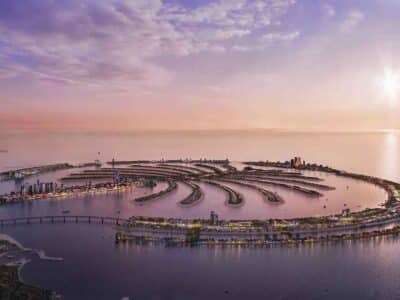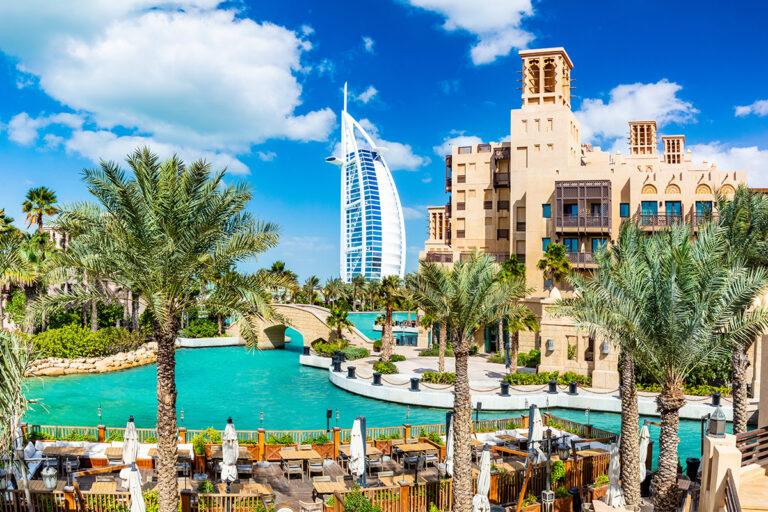The UAE’s hotel sector is expected to see more investment deals as strong tourism demand and rising room revenues attract regional and global buyers, Knight Frank said in its latest report.
Revenue per available room (RevPAR) and average daily rates (ADR) across the Emirates rose 11.9 per cent in the year to August, while occupancy increased 4 per cent to 78.5 per cent, according to the property consultancy’s UAE Hospitality Market Review – Autumn 2025. Abu Dhabi led growth with RevPAR up 24 per cent and ADR up 20.2 per cent.
Knight Frank said the UAE’s hotel transaction market was entering a more mature phase in 2025, particularly in Dubai, where investors are shifting focus from development-led projects to acquisitions and asset repositioning.
“The hospitality sector in the UAE is going from strength to strength, with record tourist arrivals into cities like Dubai being a testament to the emirate’s meteoric rise as one of the world’s most visited cities,” said Faisal Durrani, Partner and Head of Research for MENA at Knight Frank.
The country’s hotel supply stood at about 213,900 rooms as of August and is expected to reach 217,853 by the end of 2025 and 235,674 by 2030, with 43 per cent of the upcoming supply in the luxury segment, the report showed.
Dubai leads the UAE’s hotel expansion
Dubai remains the largest market, accounting for nearly 56 per cent of upcoming rooms, followed by Abu Dhabi, Sharjah, and Ras Al Khaimah. The city recorded RevPAR growth of 10.1 per cent in the year to August, supported by more than 11 million international visitors in the first seven months of 2025.
Knight Frank said Abu Dhabi and Ras Al Khaimah were also emerging as complementary investment destinations focused on leisure-driven growth and alternative asset classes.
“As the UAE transitions from a development-heavy cycle to a more balanced, investment-led phase, hotel transactions are expected to remain active,” said Oussama El Kadiri, Partner and Head of Hospitality, Tourism and Leisure Advisory for MENA.
“The market’s maturity, depth and resilience position it as a leading destination for hospitality capital in the region.”









